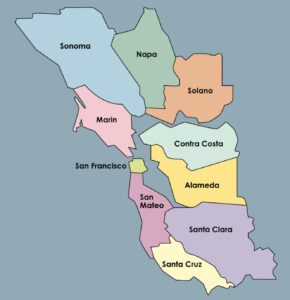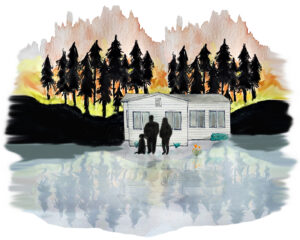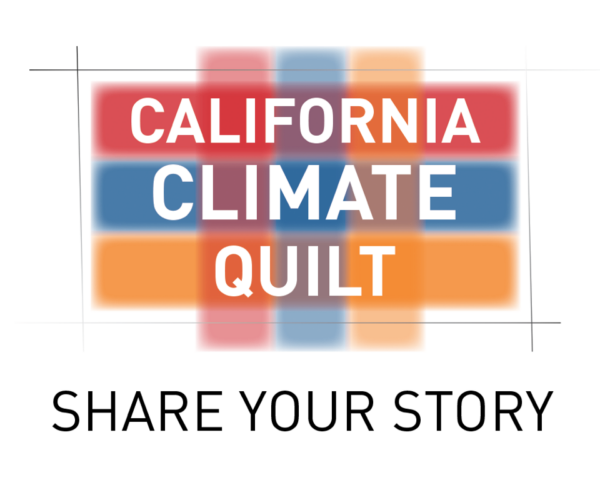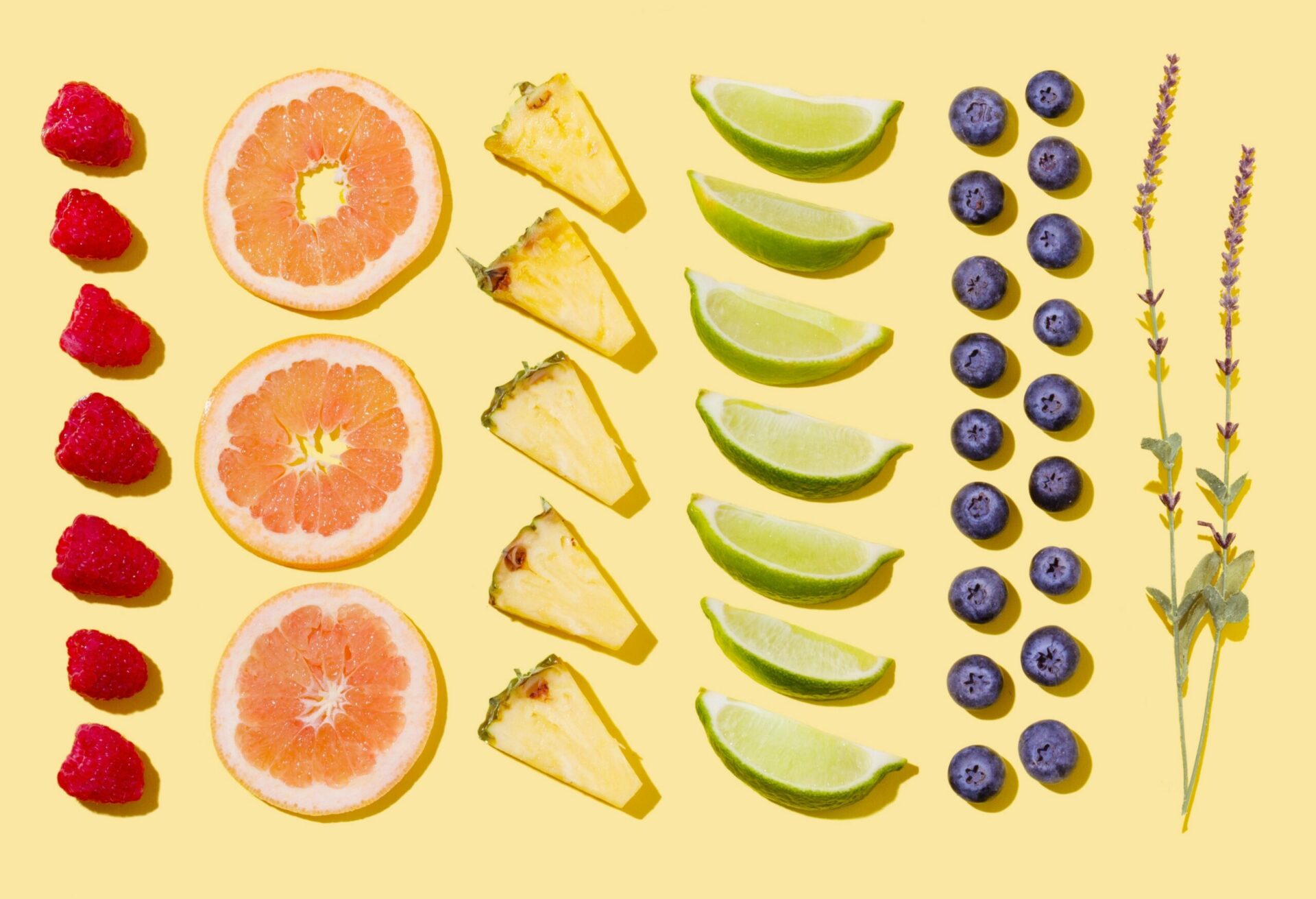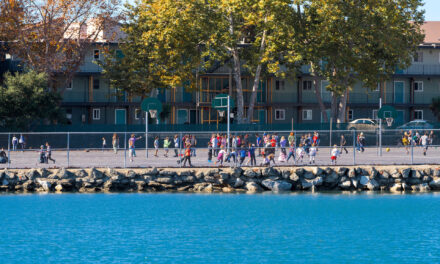Institutional Purchasing Power Directed To Good Food
Bay Area institutions and businesses, from schools to bakeries, are taking a close look at their food procurement practices to balance the needs of their communities and the environment. The Roadmap for Local Good Food Purchasing, released on October 17, is the latest step towards providing institutions with resources to procure food based on a values-based framework.
The San Francisco Bay Area Planning and Urban Research Association (SPUR) and the national Center for Good Food Purchasing (CGFP) released the roadmap to encourage greater adoption of the national Good Food Purchasing Program (GFPP). The GFPP provides a framework to inform the food procurement decisions of public institutions and focuses on five core values — supporting local economies, valued workforces, environmental sustainability, animal welfare, and community health and nutrition. The program aims to redirect the food budgets of public institutions toward a more sustainable, equitable, and transparent food system.
In the Bay Area, institutions began implementing the GFPP as early as 2016. However, to more holistically impact local institutional spending, SPUR and CGFP created the San Francisco Bay Area Local Food Purchasing Collaborative in 2021 with funding from the USDA Regional Food System Partnership grant.
According to Tiffany Cheung, CGFP’s Chief Operating Officer, the grant was integral to forming the new Bay Area collaborative. But actually implementing the framework was only possible with the combined support from local politicians, organizations like SPUR, and the food-purchasing institutions themselves.
“There was a lot of readiness in multiple sectors for this and a lot of investment in people,” Cheung says. “It’s really a cross-sector partnership that is needed.”
Bay Area performance under the framework to date. Note, supply varies by region and Bay Area institutions may benefit from being situated in the most productive agricultural state in the nation, making it easier to support local farms. Chart: Dashboard, CGFP.
The Bay Area collaborative is made up of 12 institutions including hospitals, schools, and correctional facilities. The institutions are aligning their combined spending on food — $40 million annually, according to SPUR — with good food purchasing values while also sharing learnings to inform procurement decisions.
“By taking this regional approach, it is not just one school district learning from another but it is a hospital learning from the school, learning from a correctional facility,” says Katie Ettman, Food and Agriculture Senior Policy Manager at SPUR.
Ettman explains that the values and principles of the GFPP are intentionally flexible so that they can be applied to meet the unique circumstances of any institution. And if an institution is not yet ready to adopt the full GFPP, they can still use the framework to make small changes.
“Some institutions haven’t adopted the Good Food Purchasing Program, [but] that doesn’t mean that they can’t make changes to procurement to build a better food system,” says Ettman. “Maybe it starts with one local product or changing one singular vendor.”
Ettman hopes that the roadmap and accompanying tools — which include sector-specific resources for hospitals, correctional facilities, and schools, as well as a dashboard to track regional progress towards implementing the GFPP — will entice more institutions to participate.
Other Recent Posts
Gleaning in the Giving Season
The practice of collecting food left behind in fields after the harvest is good for the environment and gives more people access to produce.
New Study Teases Out Seawall Impacts
New models suggest that sea walls and levees provide protection against flooding and rising seas with little effect on surrounding areas.
Oakland High Schoolers Sample Local Kayaking
The Oakland Goes Outdoors program gives low-income students a chance to kayak, hike, and camp.
Growing Better Tomatoes with Less Water
UC Santa Cruz researchers find the highly-desired ‘Early Girl’ variety yields more tomatoes under dry-farmed conditions.
Santa Clara Helps Homeless Out of Harm’s Way
A year after adopting a controversial camping ban, Valley Water is trying to move unsheltered people out of the cold and rain.
The Race Against Runoff
San Francisco redesigns drains, parks, permeable pavements and buildings to keep stormwater out of the Bay and build flood resilience.
Learning the Art of Burning to Prevent Wildfire
In Santa Rosa’s Pepperwood Preserve, volunteers are learning how controlled fires can clear out natural wildfire fuel before it can spark.
Martinez Residents Want More Than Apologies — They Want Protection
After a 2022 release of toxic dust and a February 2025 fire, people in the northeast Bay town are tired of waiting for safety improvements.
Weaving Fire Protection Out Of What’s Already There
A new Greenbelt Alliance report shows how existing vineyards, grasslands, and managed forests can slow wildfire and save vulnerable homes.
Fall Plantings Build Pollinator Habitats in Concord
Community groups, climate advocates and a church are coming together to plant pollinator gardens as monarchs, bees see population declines.
MORE
Fresh Food from Farm to Cafeteria,
Everyday Climate Champions Podcast
A KneeDeep Citizen Storytelling Partner

